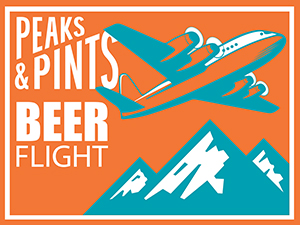 Today is National Bock Day. In celebration, Peaks & Pints offers an in-house, bock-style, flight of five beers that’s we’re calling Peaks and Pints Beer Flight: National Bock Day.
Today is National Bock Day. In celebration, Peaks & Pints offers an in-house, bock-style, flight of five beers that’s we’re calling Peaks and Pints Beer Flight: National Bock Day.
Bock beer is a strong beer style generally 6.3 percent alcohol by volume and higher. It is believed to have originated in Einbeck — a town famous for brewing in the Middle Ages. Einbeck was one of the first cities to ban the use of gruit in beer in favor of hops to circumvent the Catholic Church’s high prices on gruit. The oldest written record of beer from Einbeck is from 1378 in the form of a receipt for two casks of “Einbecker” sold to the town of Celle, Germany.
Realizing that beer was a profitable export, Einbeck employed a novel quality control system. People who wanted to brew were allowed to malt their own grains and make beer in their own cellars, but not own their own brewhouse. This was owned by the city that employed professional brewmasters who would take the brew kettle to individual homes. The procedure ensured that all Einbeck beer was brewed the same and met the same quality standards. They would later certify the finished product for sale. The city branded their beer as “Ainpockisch Pier” a term that was soon shortened to “Oanpock” by Bavarian consumers and later to “a bock bier,” hence the name.
So, why the goat iconography on bock beers? Bock literally translates to ram or Billy goat in German. So, it began as a visual pun (and maybe a slight poke at the Northern Germans by the Bavarians) and has now become the symbol of bock beer.
Bock is a bottom fermenting lager that generally takes extra months of lagering (cold storage) to smooth out such a strong brew. Bock beer in general is stronger than your typical lager, more of a robust malt character with a dark amber to brown hue. Spring is the season for Maibock, a lighter, more refreshing bock beer style. But this season is also known for doppelbock, a style that originated as a beer to drink during lent. Bock beers can vary greatly from style to style and can go from light and refreshing to some of the strongest beers in the world with eisbocks.
Peaks and Pints Beer Flight: National Bock Day
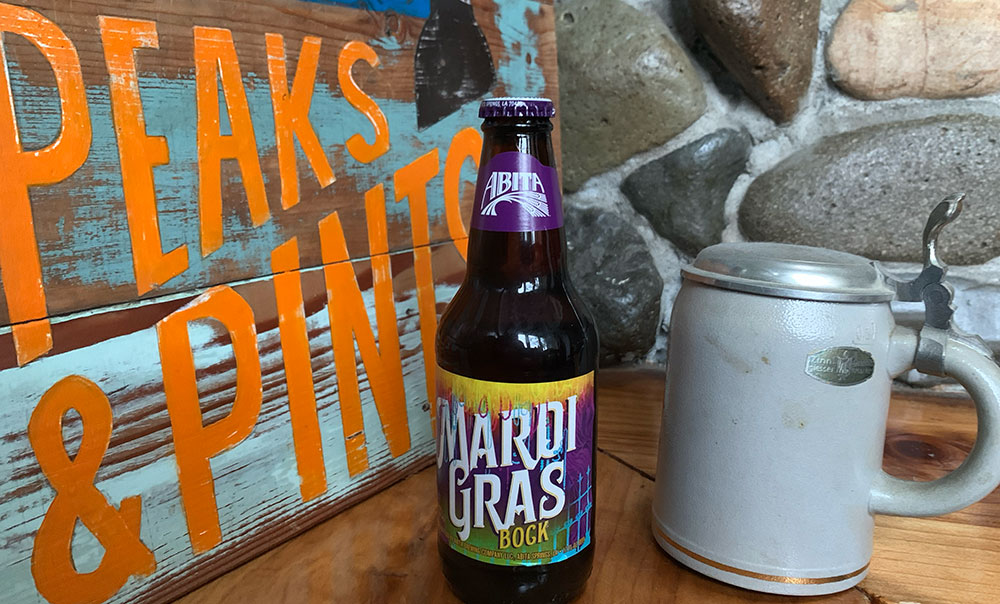 Abita Mardi Gras Bock
Abita Mardi Gras Bock
6.5% ABV
Maibocks (mai-, pronounced “my,” is German for May), like other bocks (stout lagers) are malt-forward, full-bodied beers with a stronger alcohol content (6.3 to 8.1 percent). But, unlike their darker brothers the dopplebock, Maibocks highlight floral hop characteristics that keep the sweet, malty experience light and bouncy. Abita Brewing‘s Mardi Gras Bock is brewed with Pale, Pilsner, and Caramel malts and German Perle hops for a bock like German Maibocks with its rich malt flavor and full body.
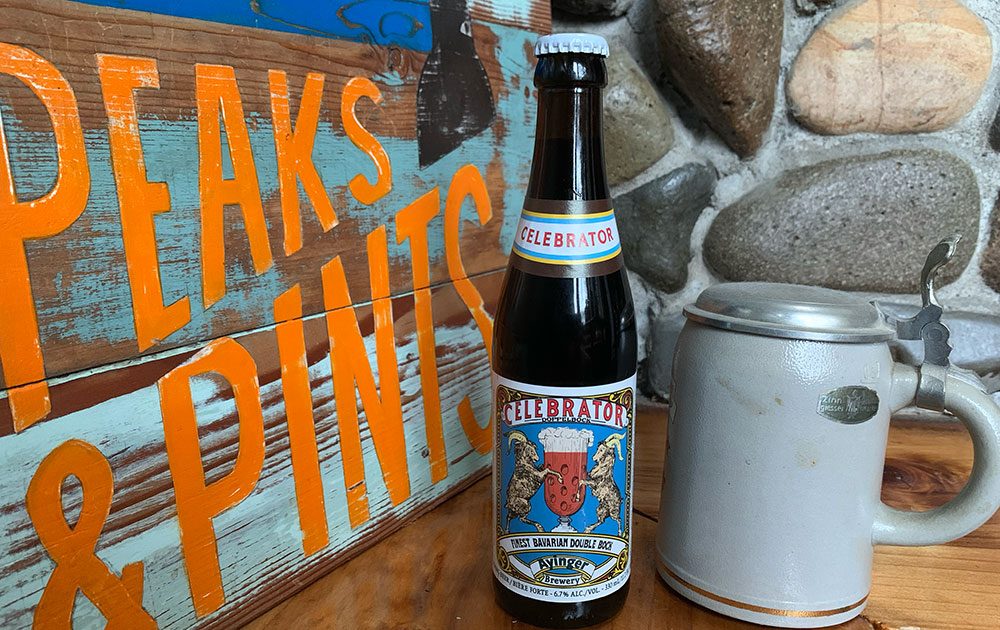 Ayinger Celebrator Doppelbock
Ayinger Celebrator Doppelbock
6.7% ABV
During Lent, as legend goes, German monks sustained themselves by sipping strong, dark lagers dubbed doppelbocks. This timeworn tale of liquid bread tends to overshadow an indisputable truth: Dopplebocks are fantastic feats of brewing engineering, no more so than Ayinger Celebrator. With accolades from the late Michael Jackson and a collection of gold medals from the World Beer Cup, this rich, toffee-rocked lager is dark, crisp, with a touch of chocolate and grape notes. While presenting a full body, it’s not cloyingly sweet and features a wonderfully creamy body and enough alcohol to warm your palate.
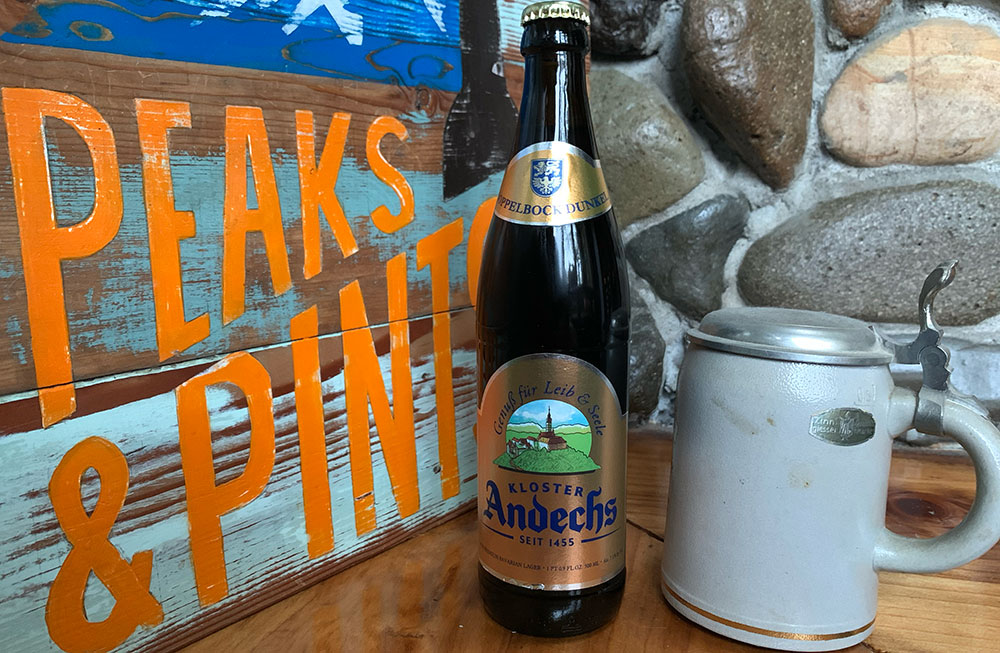 Andechs Andechser Dopplebock Dunkel
Andechs Andechser Dopplebock Dunkel
7.1% ABV
This bockbier from the Holy Mountain in Bavaria hits the glass with a dark copper with hints of fiery red coloring. Soft roasted notes and a touch of dried fruit accompany an accentuated caramel aroma. The taste is full-bodied and velvety, strong but with a pleasant malt aroma – powerful and lusty. It has a readily discernible sweetness accompanied by roasted cocoa notes and a slight hop bitterness. With a strong finish, the Kloster Andechs Andecher Dopplebock Dunkel ends on a lasting semisweet chocolate note.
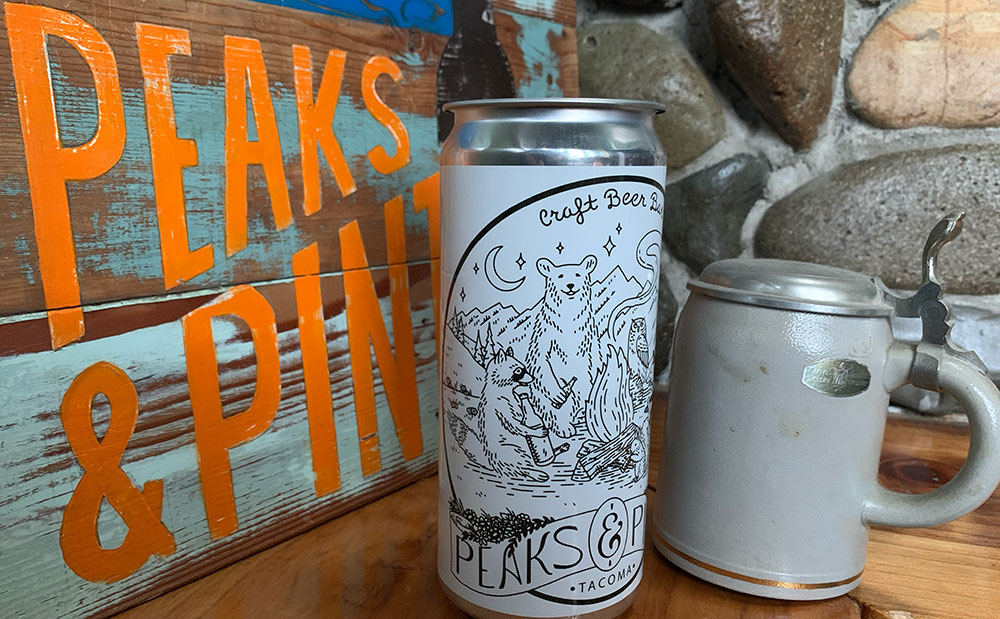 Victor 23 Co-Conspirator
Victor 23 Co-Conspirator
9.5% ABV
Between the 14th and 17th centuries, the Northern German city of Einbeck was a brewing center and popular exporter of beer, but the Thirty Years War and a series of unfortunate brewery fires effectively ended the city’s dominance. The Einbeck style of beer was later recreated by the monks of Munich’s St. Francis of Paula church in the 17th century where Bavarian speakers corrupted the name “Einbeck,” leading to the modern “bock.” The monks fasted during the Lenten season, finding their nourishment from a stronger, heartier bock they referred to as “liquid bread.” The monks called this brew Salvator, Latin for “Savior.” That beer emerged into a distinctive style called the doppelbock — doppel means double, and while these beers were like the bock, they were not double the strength. Doppelbocks are full-bodied, intensely malty — especially accenting a lightly toasted caramel and chocolate character — and generally have levels of alcohol higher than 7 percent. Hops may add some balance but doppelbocks are all about malty sweetness. Victor 23 Brewing’s version, Co-Conspirator, is bready and boozy, with sweet, dried fruit flavors, with a Belgian candy sugar like sweetness.
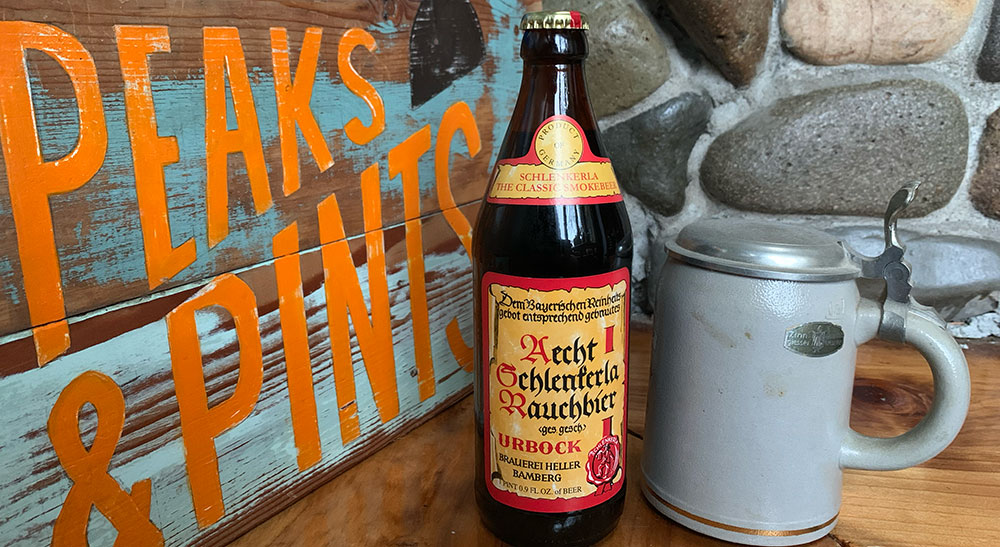 Aecht Schlenkerla Rauchbier – Urbock
Aecht Schlenkerla Rauchbier – Urbock
6.5% ABV
One day we hope to taste the perfect bacon beer but until then we have the hickory-charred resin-dried chocolate-smoked German-styled smoked bock beer Aecht Schlenkerla Rauchbier – Urbock, in which its barley malts are smoked over beech wood logs. Its higher smoke malt concentration and longer maturation in the 700-year-old cellars underneath Bramburg create a flavor profile of most intense smokiness beautifully balanced with deep malt sweetness. It tastes somewhat sweet dark malt with dark bread and a little treacle tone, dry toasty roast, moderately smoky notes of campfire and subtle smoked ham, oak, dry on the back end where the smoky, ashy notes overpower the malt. It has a light body with extremely low carbonation. It’s a solid smoke beer.
LINK: Peaks & Pints beer and wine cooler inventory
